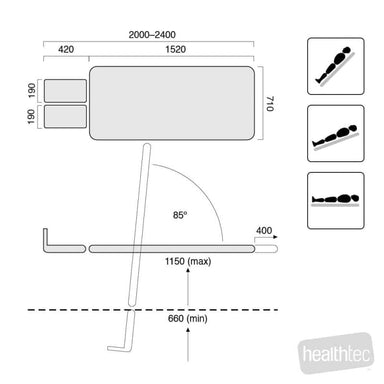
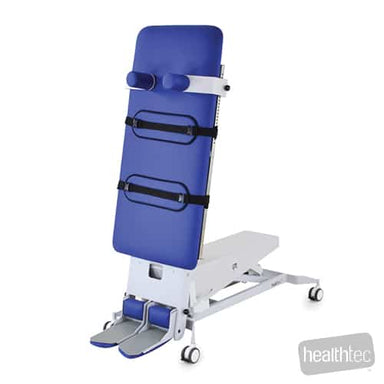
This HT Tilt Table is suitable for a broad spectrum of patients where decreased leg strength is a problem, the advantage of having a sliding top...
View full detailsHelping patients stand tall again — safely and confidently.
Our NDIS-compatible tilt tables are trusted by physiotherapists, hospitals, and rehabilitation clinics across Australia for early mobility, circulation support, and neurological rehab.
Engineered for medical use, they deliver the safety, stability, and adjustability needed for effective upright therapy — whether you're supporting spinal injury recovery, stroke rehabilitation, or long-term disability care.
Whether you’re fitting out a high-demand clinical setting or sourcing home-use equipment for an NDIS participant, Prime Physio Essentials offers Australia’s most trusted tilt table solutions — built for comfort, performance, and professional outcomes.
Scroll down to discover the ideal tilt table for your patients’ recovery journey.
Click Here For More Information...

Perfect for active rehab, this tilt table includes a frictionless sliding top and split footplates for controlled strength-building and single-leg squats. Ideal for patients with decreased leg strength or requiring progressive upright tolerance.

Built for high-safety environments, this dual-column system delivers ultra-stable height and tilt with fast or slow control options. Ideal for NDIS, ICU, or rehab clinics needing precise, safe, and accessible therapy.

This tilt table features quick CPR release, bariatric lift capacity, and convertible design with foldaway footplates. Best for clinics seeking emergency-ready, versatile treatment tables with advanced rehab features.
With so many tilt tables on the market, it helps to see how each one compares side-by-side. This product comparison table breaks down the ideal user, standout features, and outcomes each model delivers. It’s designed to simplify your decision-making by highlighting the core strengths of every tilt table we offer.
| Ideal User / Setting | Bariatric patients, hospitals, rehab centres | Hospitals and diagnostic clinics doing venous tests | Budget-conscious clinics needing safety & simplicity | ICU, rehab, and bedside therapy | Rehab clinics, neuro rehab, general practice | Physios, ICU, hospitals, NDIS clients | General and bariatric rehab, strength reconditioning |
| Key Features | 350kg capacity, electric tilt/height, CPR release, flush footplate | CPR release, split foldaway footplates, hoist access, bariatric capable | Flush footplate, clear span base, hoist access, 3 straps, converts to exam table | Adjustable height, smooth sliding top, 350kg capacity, twin column stability | Split footplate, slide top, posture support, clear span, CPR release | Dual actuator tilt, twin column lift, hoist clearance, 350kg capacity, twin adjustable footplates | Slide top, CPR release, hoist access, posture support, split footplates |
| Key Outcomes Solved | Safe vertical rehab for heavy patients, easier transfers, fewer trip hazards | Converts to exam table, smooth tilting, emergency-ready, no lift obstruction | Safe walk-on/walk-off, tilt up to +85°, adaptable and durable | Safe transfers, progressive weight bearing, accessible for carers | Enables single leg work, posture correction, safe active rehab | Safer height/tilt control, better patient handling, tilt precision | Strength progression, emergency safety, zero-clearance transfers |
| Price | Weight | Weight | Weight | Weight | Weight | Weight | Weight |
| Bottom Line Summary | Heavy-duty tilt table built for bariatric safety and rehab versatility. | Flexible tilt table designed for safety and broad clinical use. | Affordable and versatile tilt table ideal for general rehab. | Premium sliding tilt table for high-dependency rehab environments. | Combines safety, mobility, and strength-building in one sliding table. | Versatile, powerful tilt table focused on clinical control and patient safety. | Multi-purpose slide top tilt table built for safety and strength progression. |
Choosing the right tilt table can be challenging when patient conditions, clinic setups, and safety requirements vary so widely. That’s why we’ve created a customer-focused guide to help you start with your needs — whether you’re a physiotherapist, hospital, rehab centre, or NDIS participant. Use this table to quickly identify the key features to look for and the most suitable tilt tables for your environment.
| Customer Type | Key Needs / Features to Look For | Recommended Tilt Tables |
| Physiotherapy Clinic | Precision tilt control, posture supports, compact exam table conversion | HT Tilt Table Single Section, ABCO Dynamic |
| Rehab Clinics | Sliding tops, split footplates, adjustable posture support, clear span, tilt precision | EVO2 Slide Top Tilt Table, HT Tilt Table Slide Top |
| Hospitals | Emergency-ready (CPR release), hoist access, fast tilt, safety straps, angle indicators | ABCO Dual Action, EVO2 Tilt Table (Clear Span) |
| Neurological Rehab Patients | Sliding top, posture correction, low start height, secure strapping | HT Tilt Table Slide Top, EVO2 Slide Top |
| NDIS Participants/Providers | Easy access (wheelchair/hoist), low risk of injury, customisable support | ABCO Dual Action, ABCO Dynamic |
| Bariatric Patients/Clinics | 350kg+ capacity, wide footplate, CPR release, flush step-on design | HT Hi-Capacity Tilt Table, ABCO Dual Action |
| Spinal Cord Injury Patients | Full-body support, progressive weight-bearing, angle control | ABCO Dynamic, HT Tilt Table Slide Top |
| Clinics with Tight Spaces | Clear span base, foldaway footplates, dual-function exam/treatment surface | HT Tilt Table Single Section, EVO2 Tilt Table |
A sliding top feature allows the upper surface of the physio tilt table to move lengthwise, offering dynamic positioning during tilt therapy. This function promotes progressive weight-bearing, improves patient engagement in active rehab, and makes caregiver assistance easier during transfers or exercises. It’s a game-changing feature for clinics focused on strength progression and functional recovery.
When choosing a physio tilt table, understanding the difference between a clear span base and a low height base is essential. Clear span bases provide unobstructed hoist access, making them ideal for wheelchair users and bariatric patients, while low-height bases allow easier step-on entry and improve clinician ergonomics during treatment. Your decision should be based on your clinic’s transfer needs and available equipment.


Ideal for physiotherapy clinics prioritising hoist accessibility and safe walk-on/walk-off transfers, this model features a clear span base and a unique one-piece foot plate that folds away to double as an examination table. It’s best for general rehab use where floor clearance is critical for equipment or transfer needs.

Designed for patients with limited mobility or shorter stature, the low height base makes transfers easier from wheelchairs or beds, while the split foot plate enables unilateral leg work and posture correction. A versatile choice for clinics focused on flexibility and patient-specific rehab protocols.
The footplate design on a tilting table for physiotherapy can significantly impact treatment versatility. Split footplates enable targeted rehab like single-leg squats and varied positioning, while single footplates offer simplicity and easier weight distribution for patients with less control. Knowing your patient goals helps you choose the right footplate for optimal outcomes.
For clinics treating medically vulnerable patients, having a CPR release function on your physio tilt table is vital. This feature lets the table return to a flat position quickly in case of a medical emergency or power outage, ensuring fast response and patient safety. It’s essential for hospitals, ICU environments, or any high-risk treatment setting.
In physical therapy, a tilt table is used to help patients safely progress from lying to upright positions, supporting rehabilitation after injury, surgery, or neurological conditions by improving circulation, balance, and weight-bearing capacity.
Tilt tables offer numerous benefits, including improved circulation, reduced risk of orthostatic hypotension, gradual weight-bearing, and posture control, making them essential for early-stage rehab and neurological recovery.
Yes, all our tilt tables include three extra-wide patient safety straps as standard to ensure secure positioning during therapy.
If we have it in stock, it will be delivered within 2-10 days. However the product is custom manufactured or not in stock, it will take between 2-4 weeks.
Yes, several models—like the HT Hi-Capacity and ABCO Dual Action—offer 350kg+ lift capacity and wider foot support for bariatric use.
Yes, many of our tables are used by NDIS participants and providers, with features that support customisation, safety, and accessible rehab.
Most models include a 10-year structural warranty, 5-year electrical, and 3-year upholstery warranty, reflecting high Australian manufacturing standards.
Speak to our product expert and get a personalised recommendation based on your treatments, space, and budget.
Call us today on 1300 990 239! Or email us at sales@primephysioessentials.com.au!

 Sale
Sale
This HT Tilt Table is suitable for a broad spectrum of patients where decreased leg strength is a problem, the advantage of having a sliding top...
View full details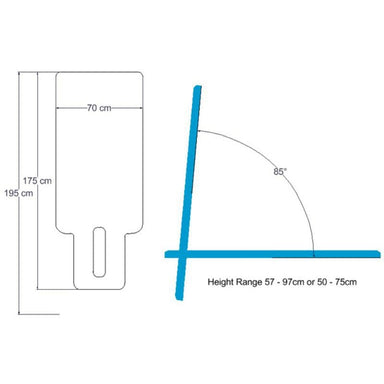
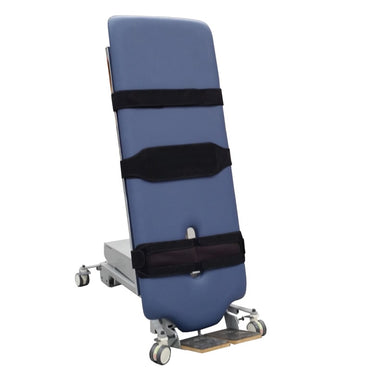 Sale
Sale
Regain Safer, More Versatile Patient Handling with the ABCO Dual Tilt Table Struggling with unsafe or awkward patient transfers during rehab and as...
View full details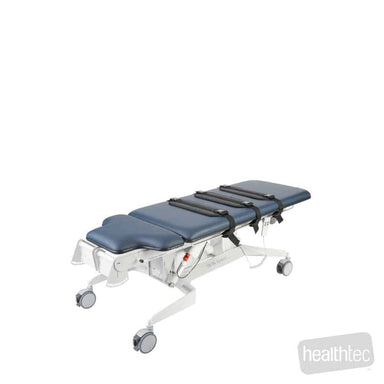
 Sale
Sale
This high performance Australian Made EVO2 Tilt Table offers a smooth and quiet tilt function from horizontal to +85º with infinite adjustment in ...
View full details
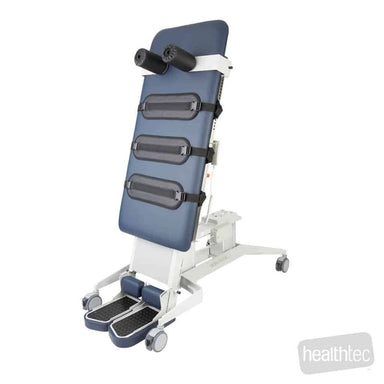 Sale
Sale
This high performance Australian Made Slide Top Tilt Table offers a smooth and quiet tilt function from horizontal to +85º with infinite adjustmen...
View full details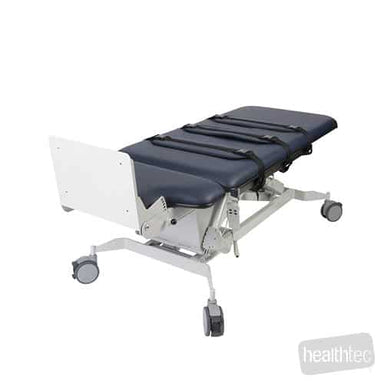
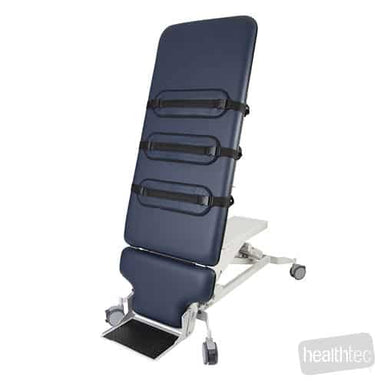 Sale
Sale
Support Safer Rehab with the Healthtec Tilt Table Single Section Clear Span Do you need a reliable and efficient solution for tilt therapy or diagn...
View full details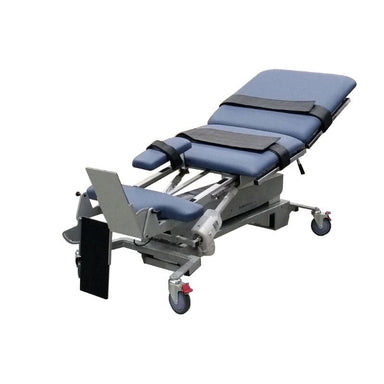
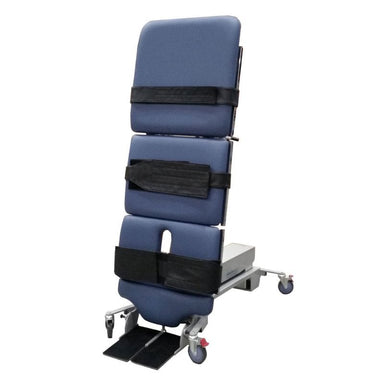 Sale
Sale
Improve Rehabilitation Outcomes with the ABCO Sliding Top Tilt Table Struggling to find a safe, effective solution for progressive patient rehabili...
View full details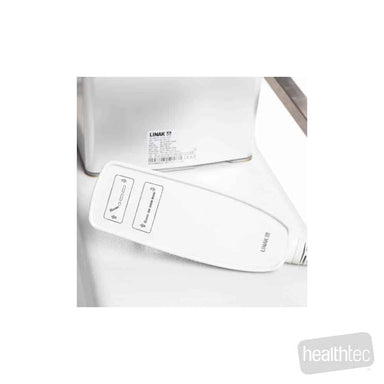
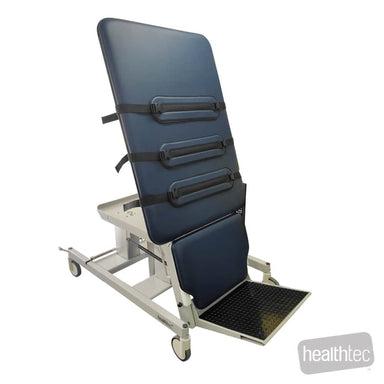 Save $-15,950.00
Save $-15,950.00
The foot plate meets flush with the floor minimizing tripping hazards when the patient walks on and walks off. The smooth quiet tilt function from ...
View full details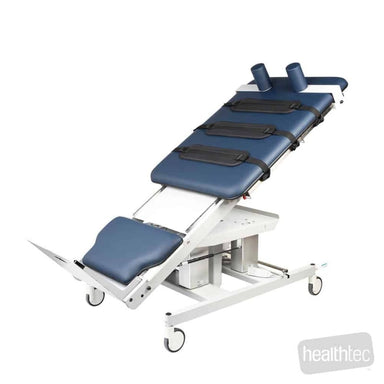
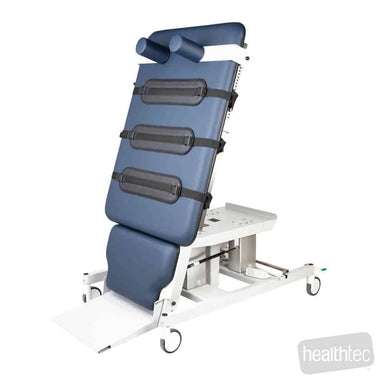 Save $-18,400.00
Save $-18,400.00
The foot plate meets flush with the floor minimizing tripping hazards when the patient walks on and walks off. The smooth quiet tilt function from ...
View full details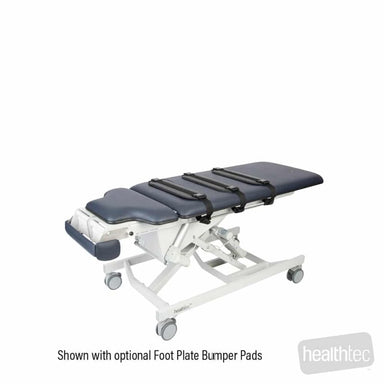
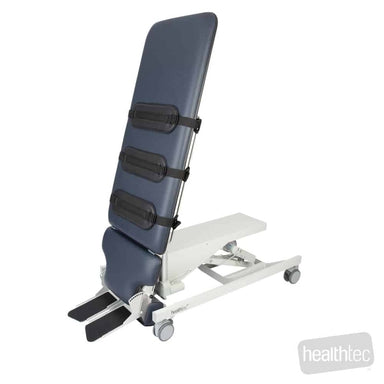 Sale
Sale
This affordable Australian made HT Tilt Table Single Section offers a smooth and quiet tilt function from horizontal to +85º with infinite adjustm...
View full details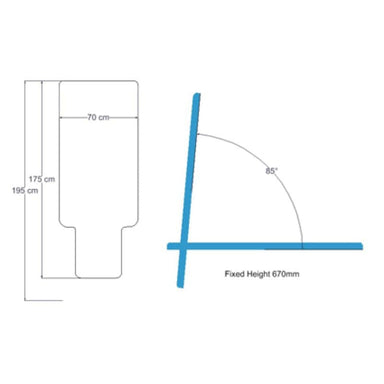
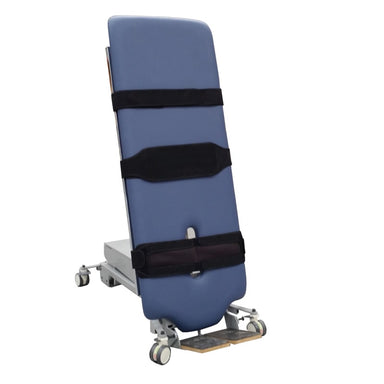 Sale
Sale
Enhance Patient Mobility and Rehab with the ABCO Tilt Table Are you looking for a safe, efficient solution for tilt therapy and rehabilitation in y...
View full details